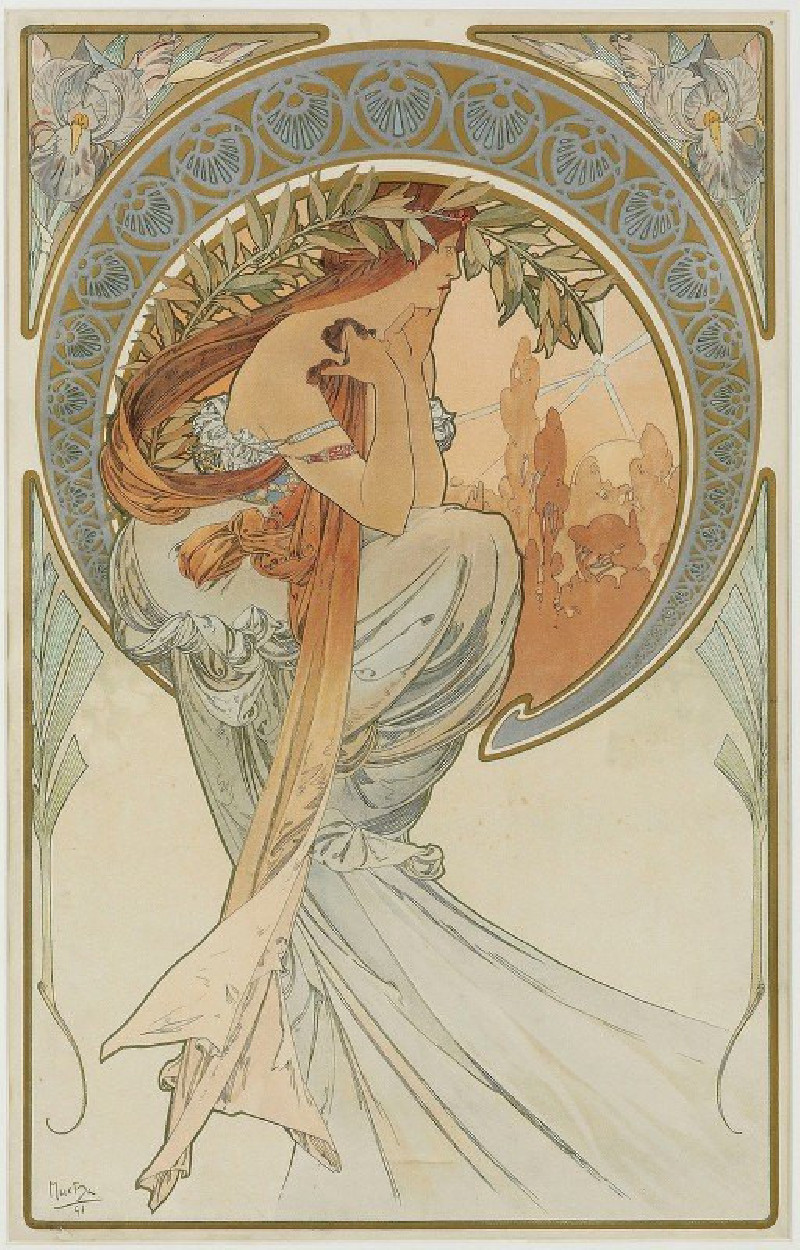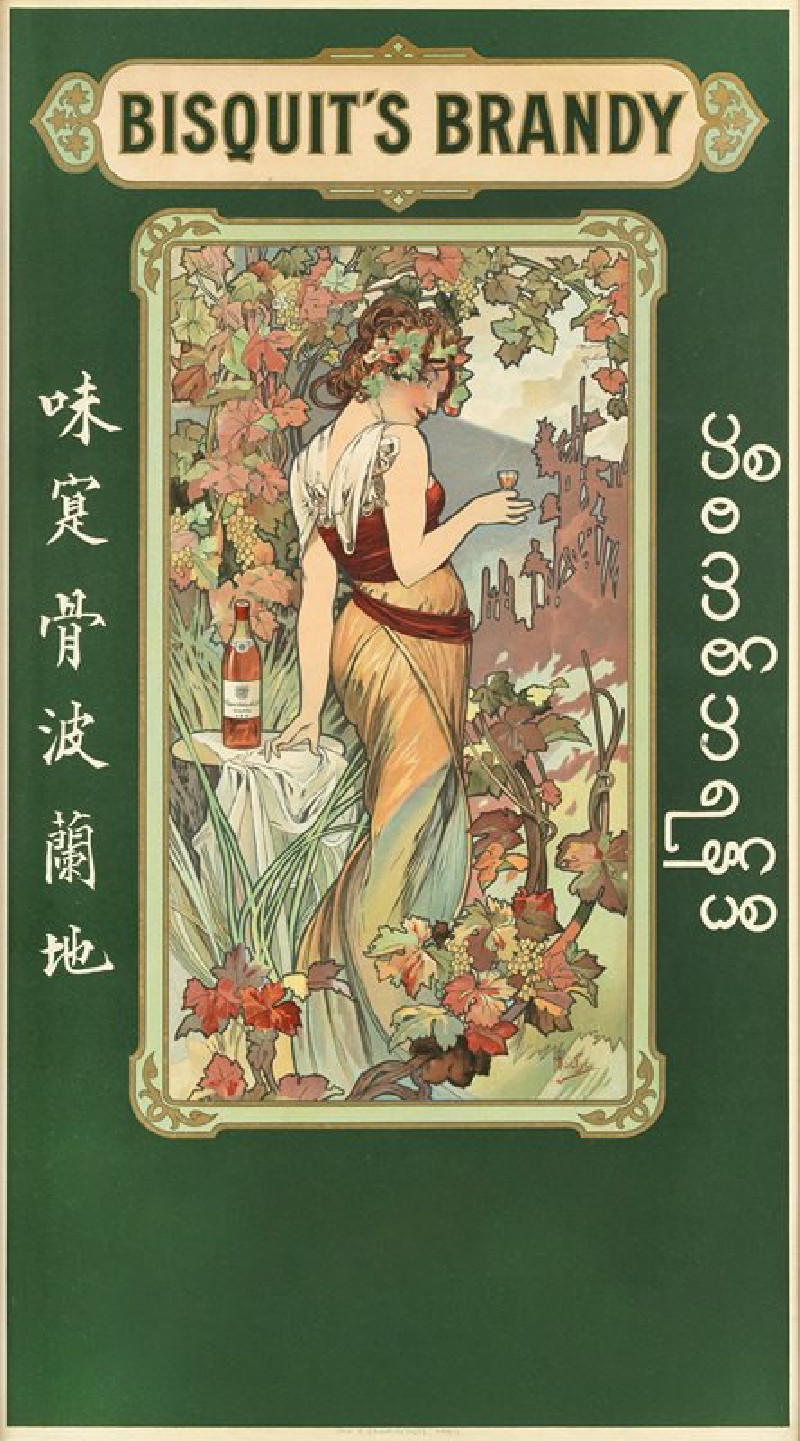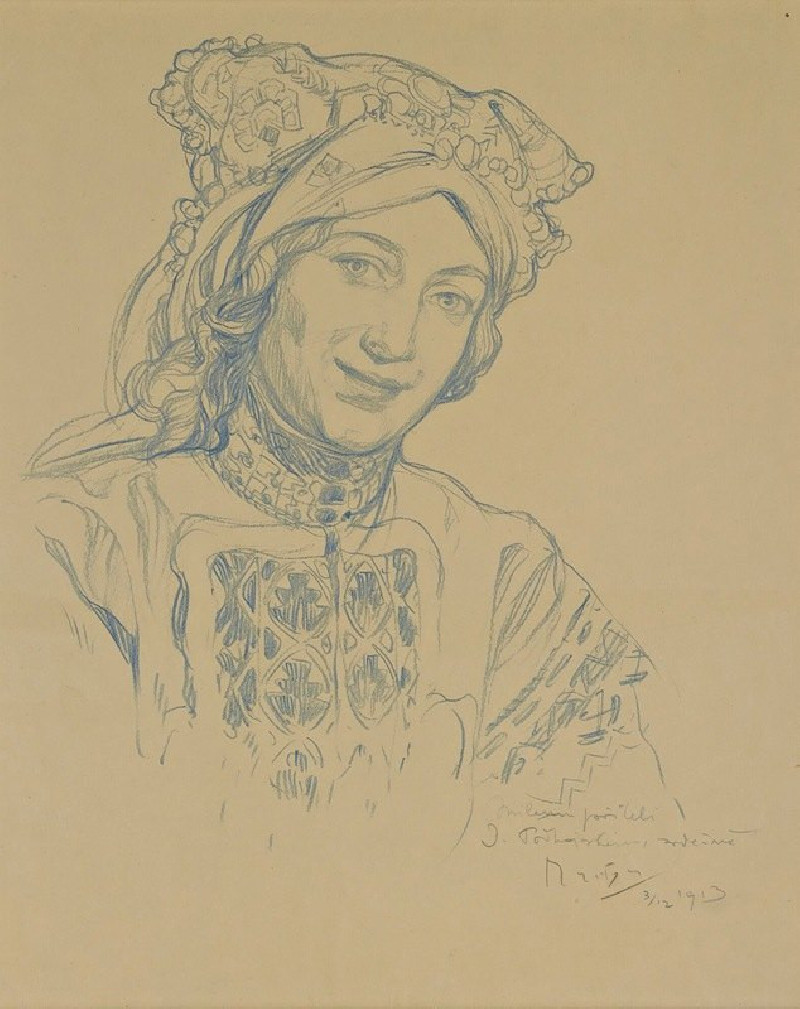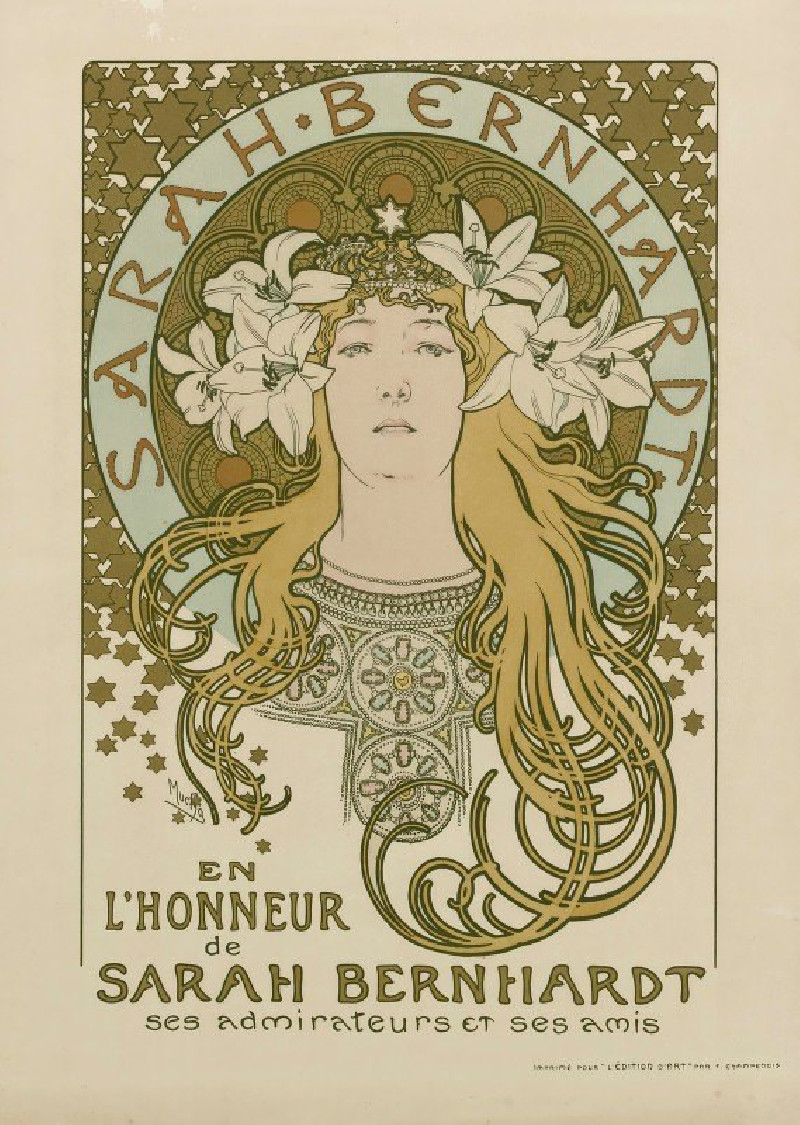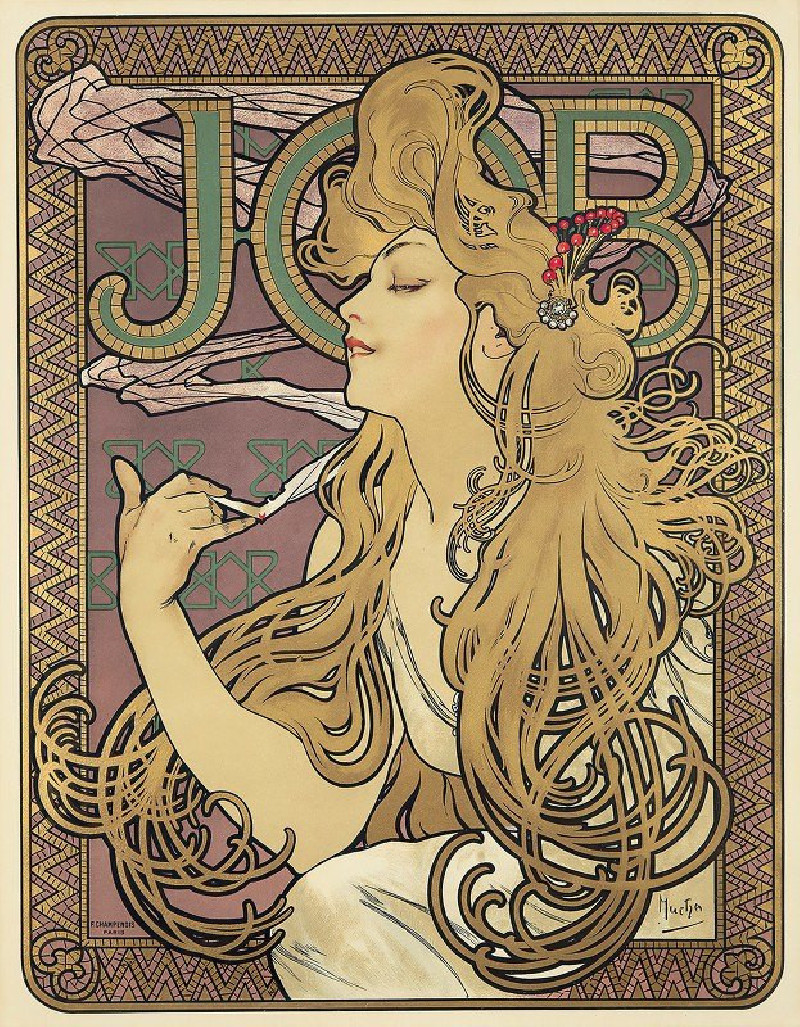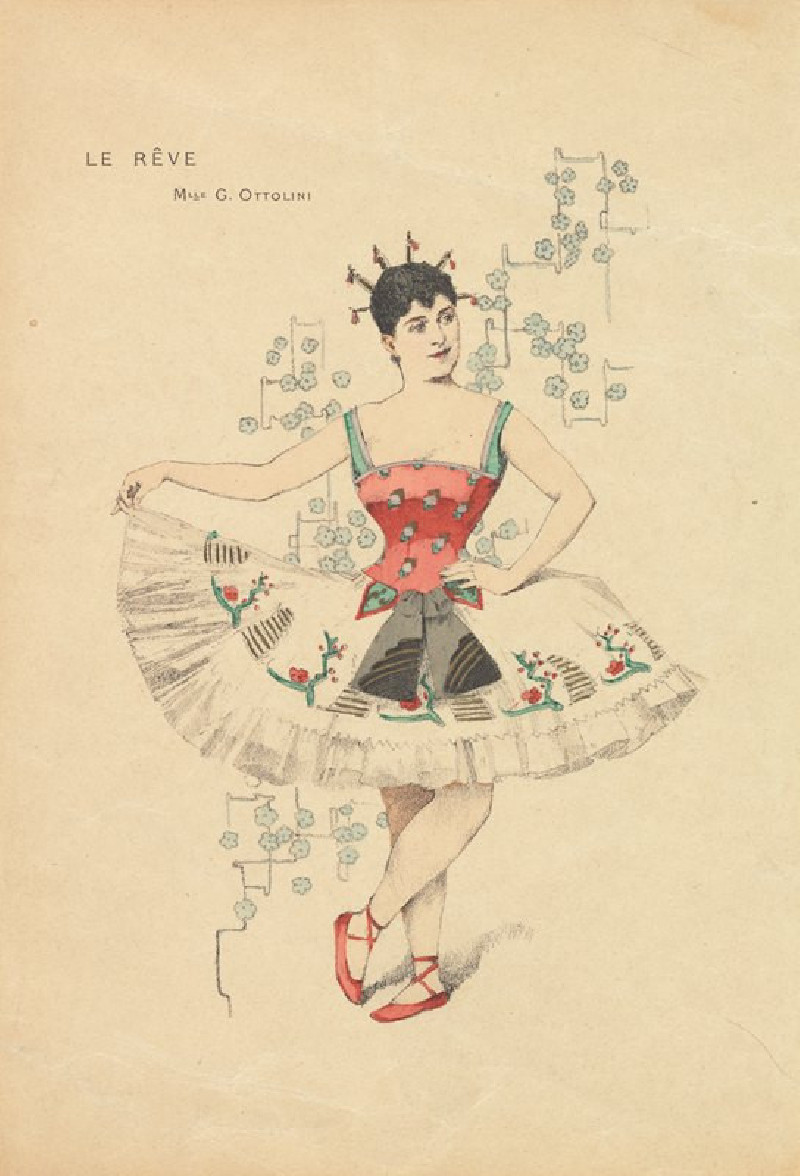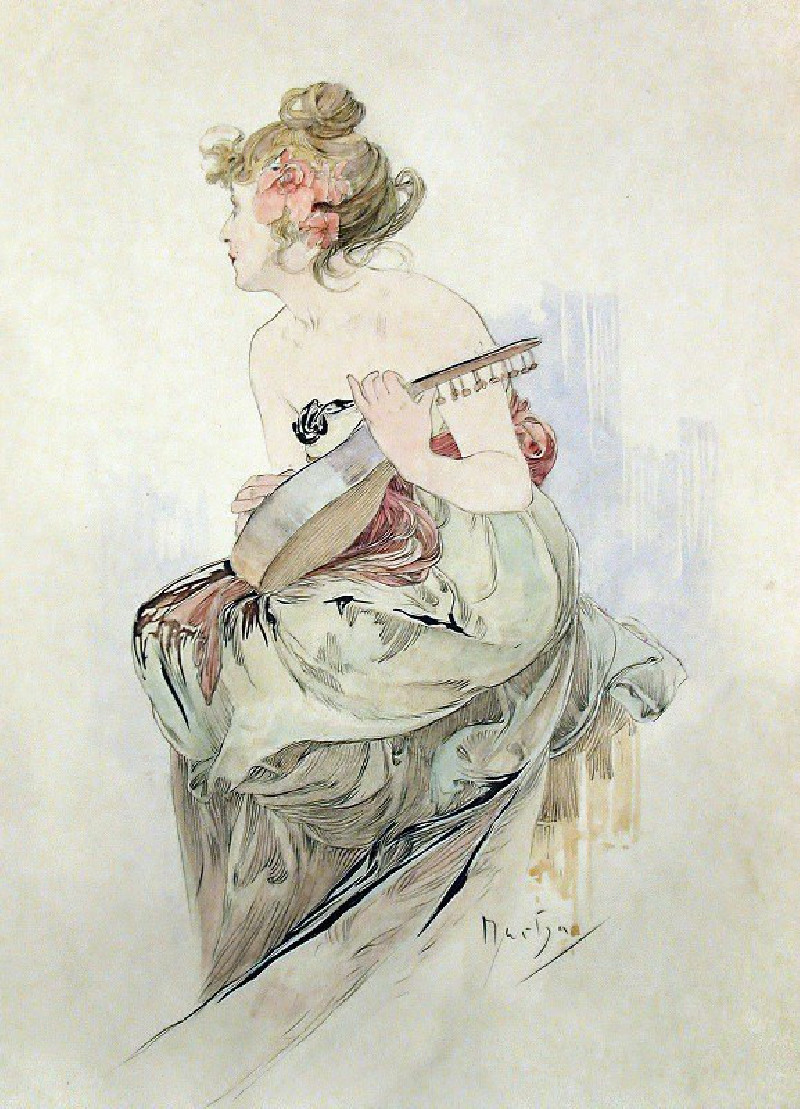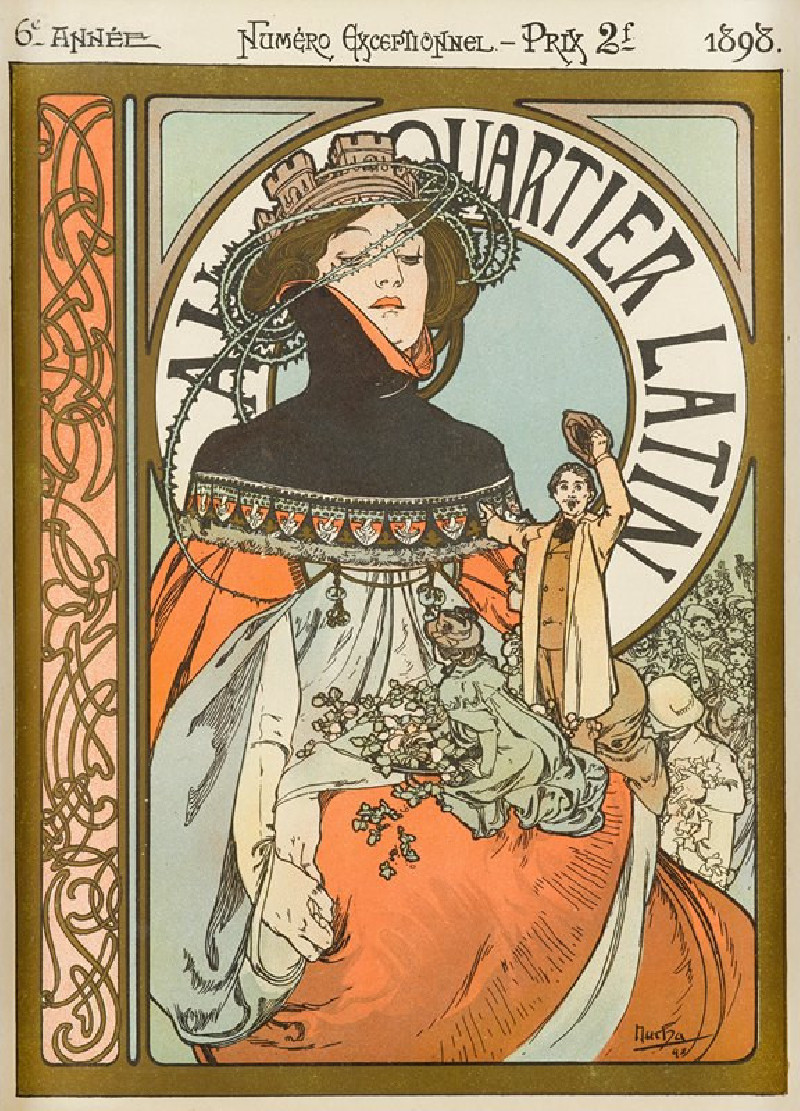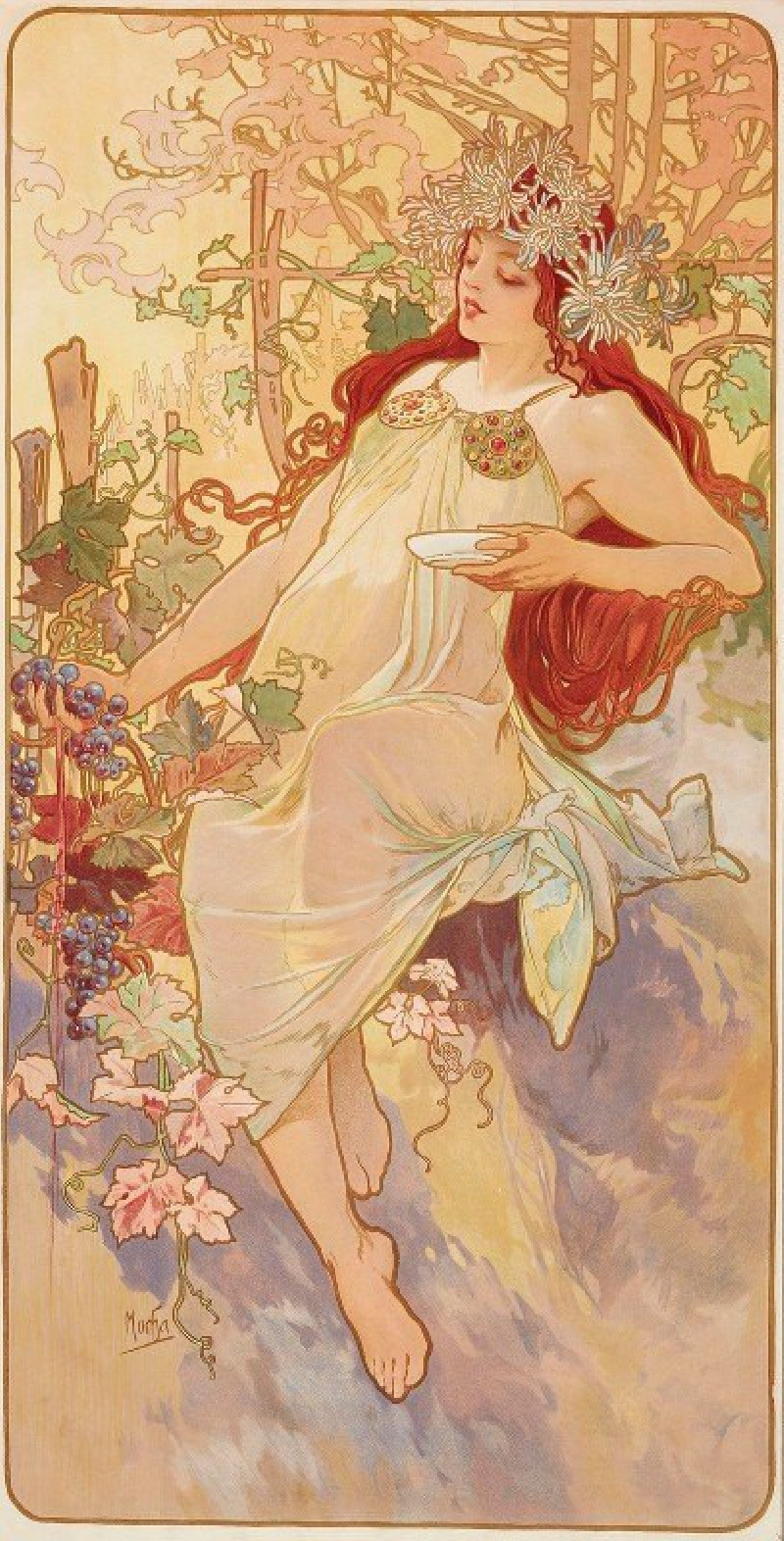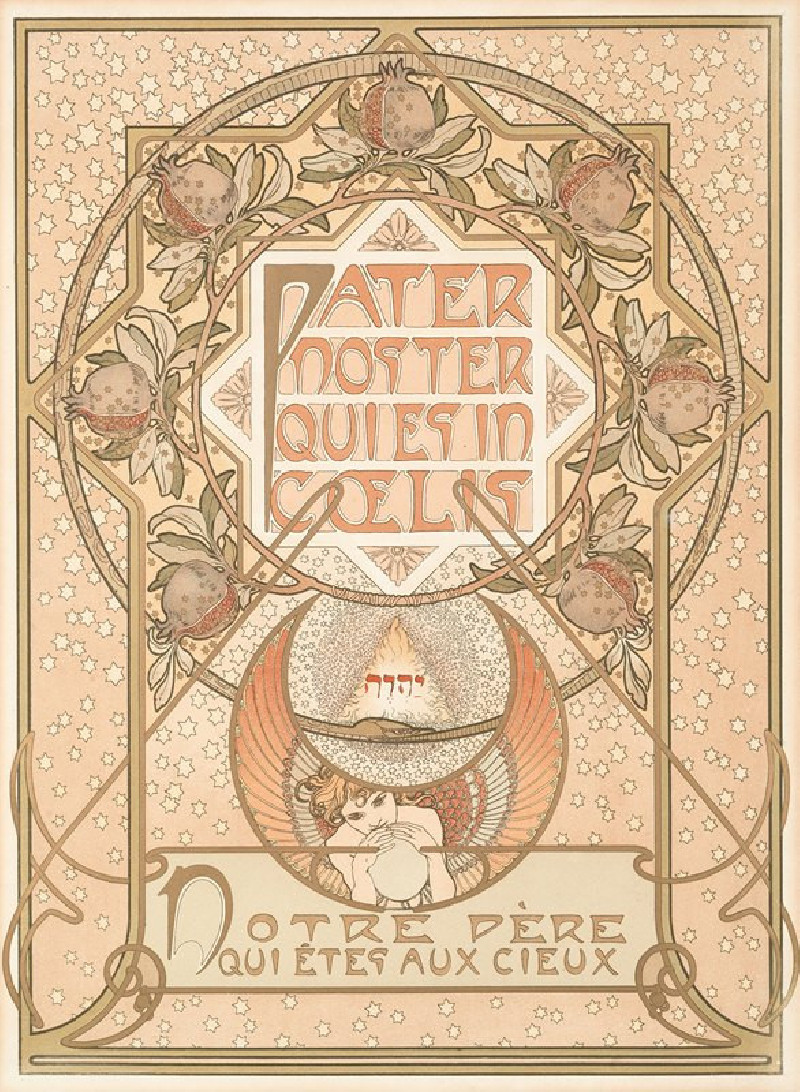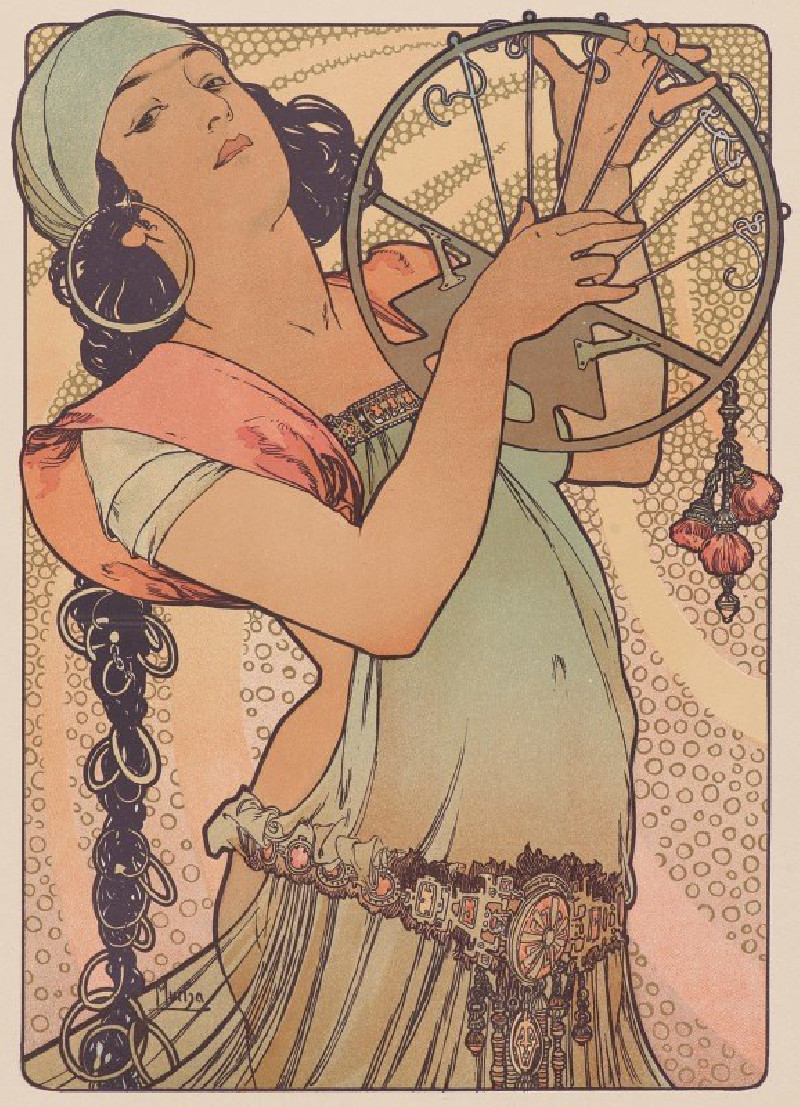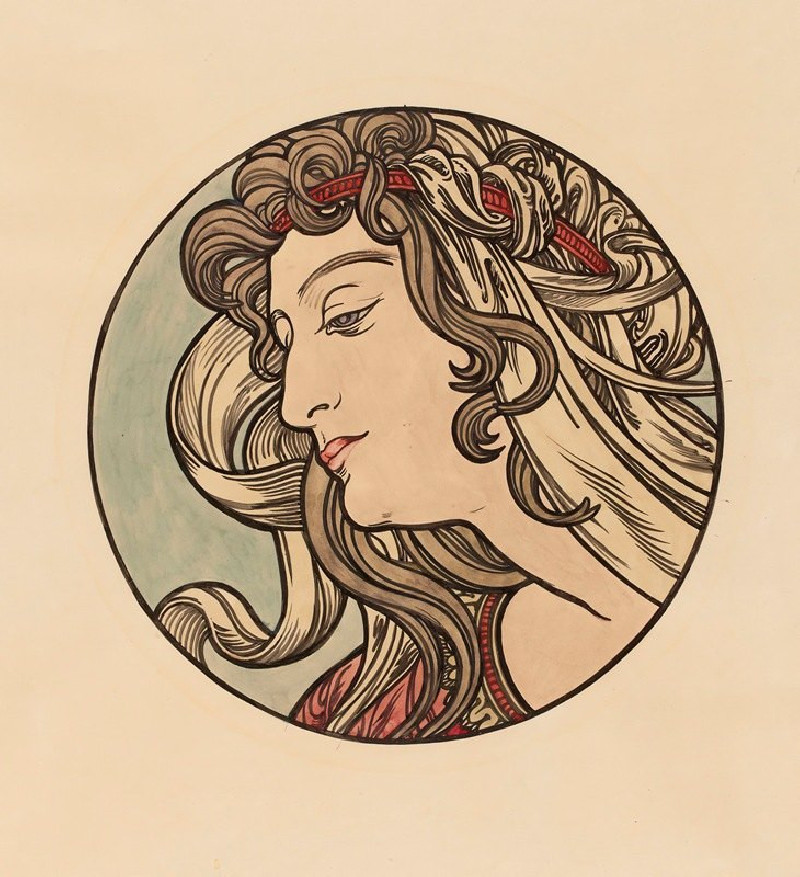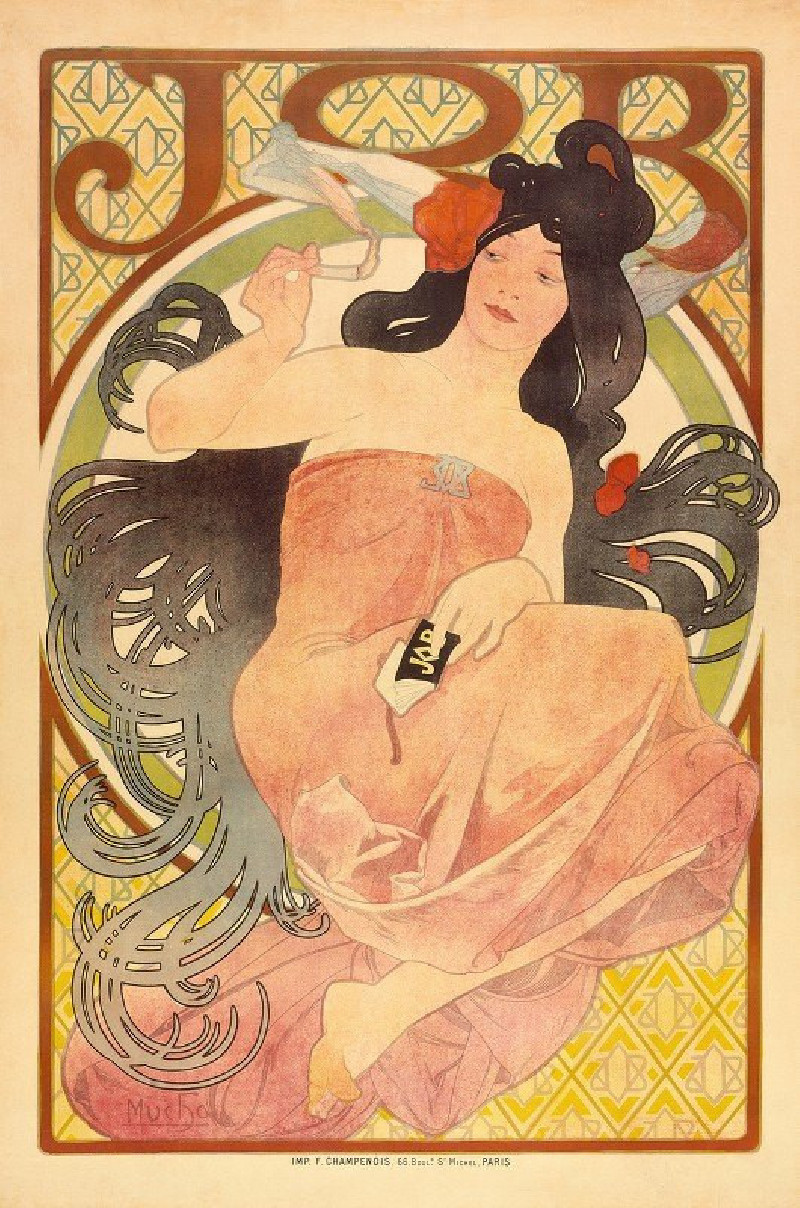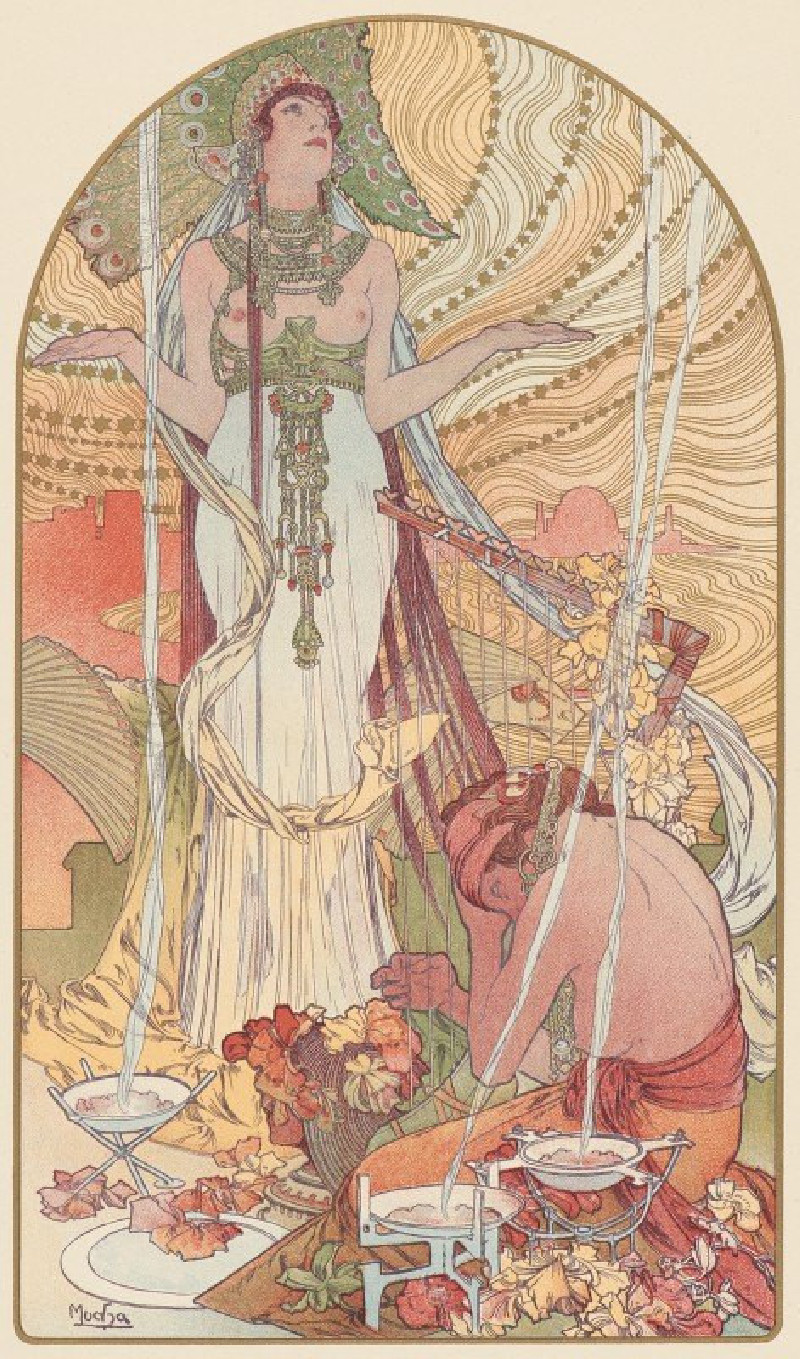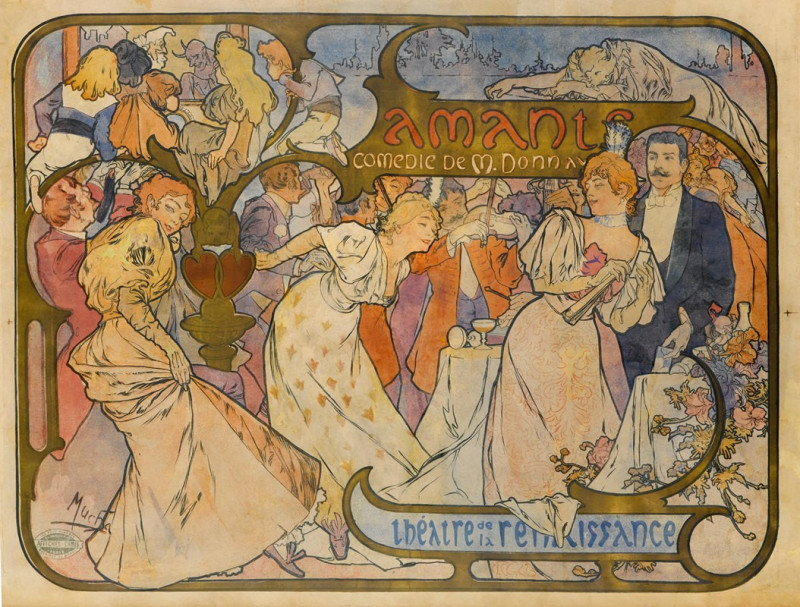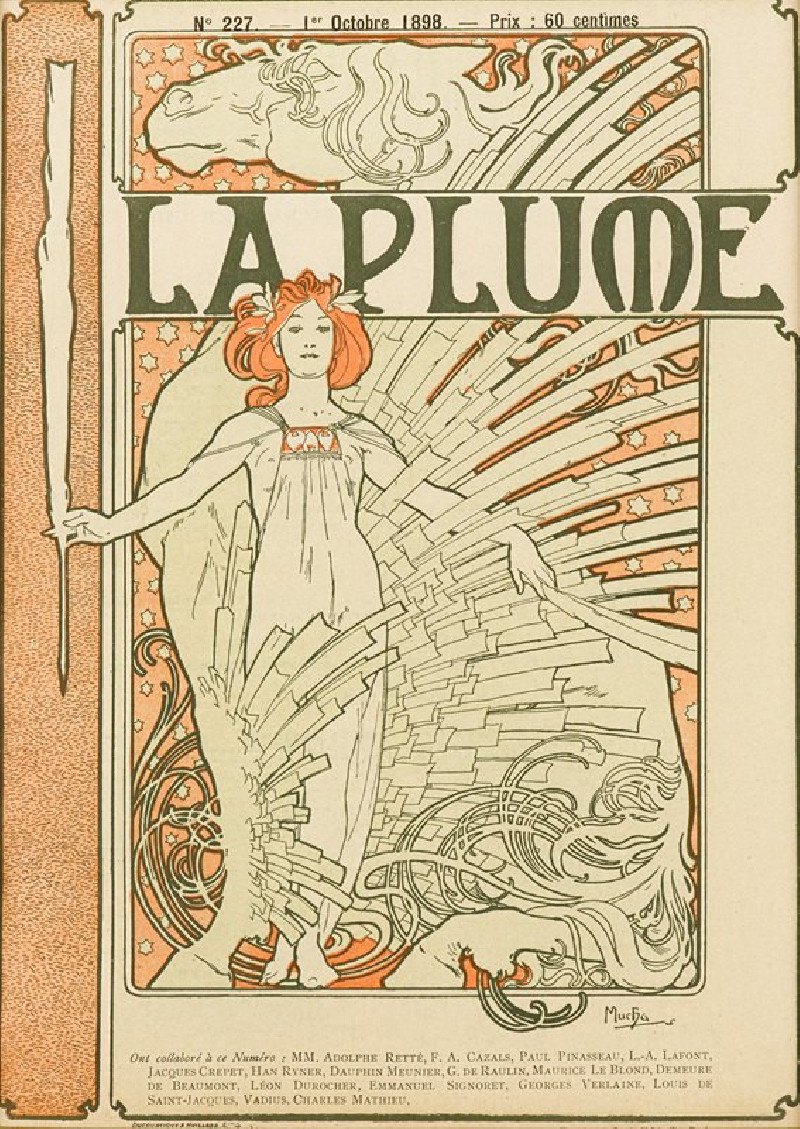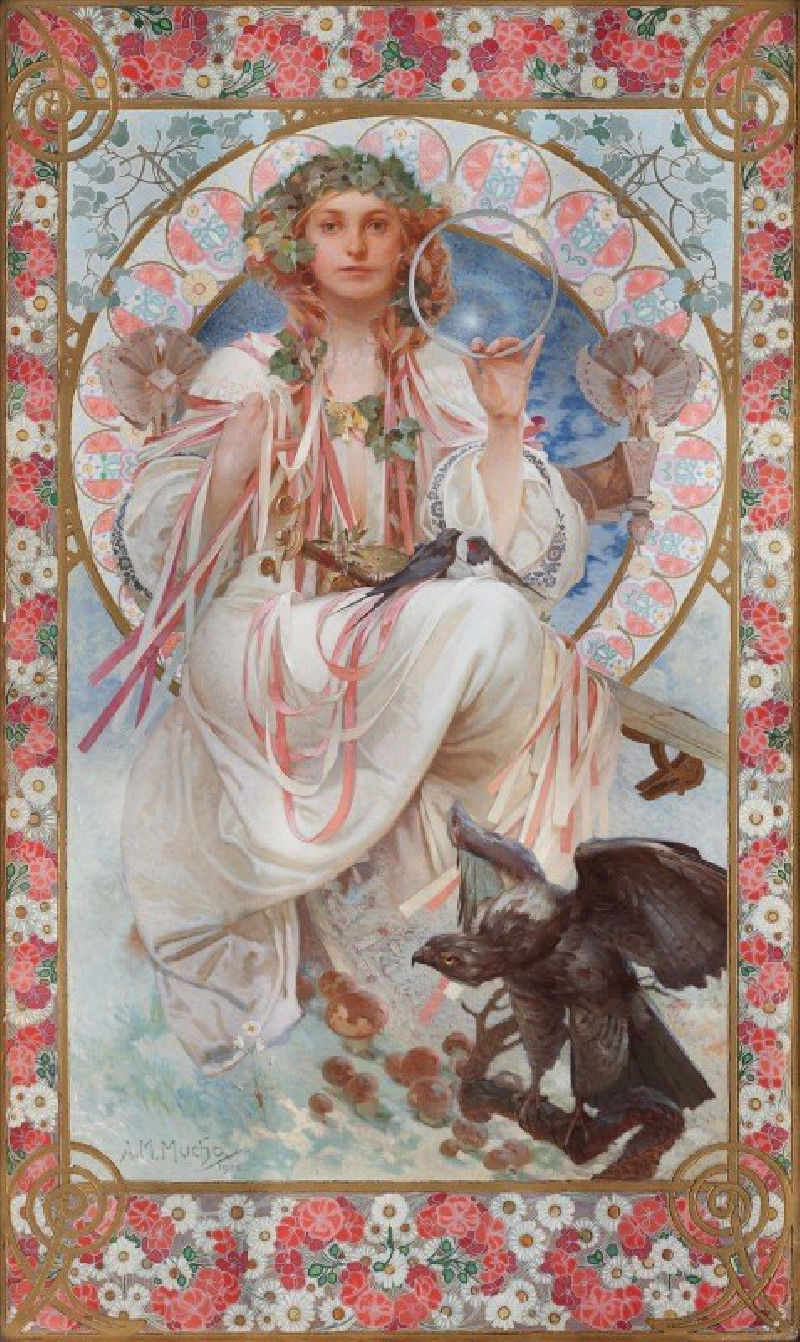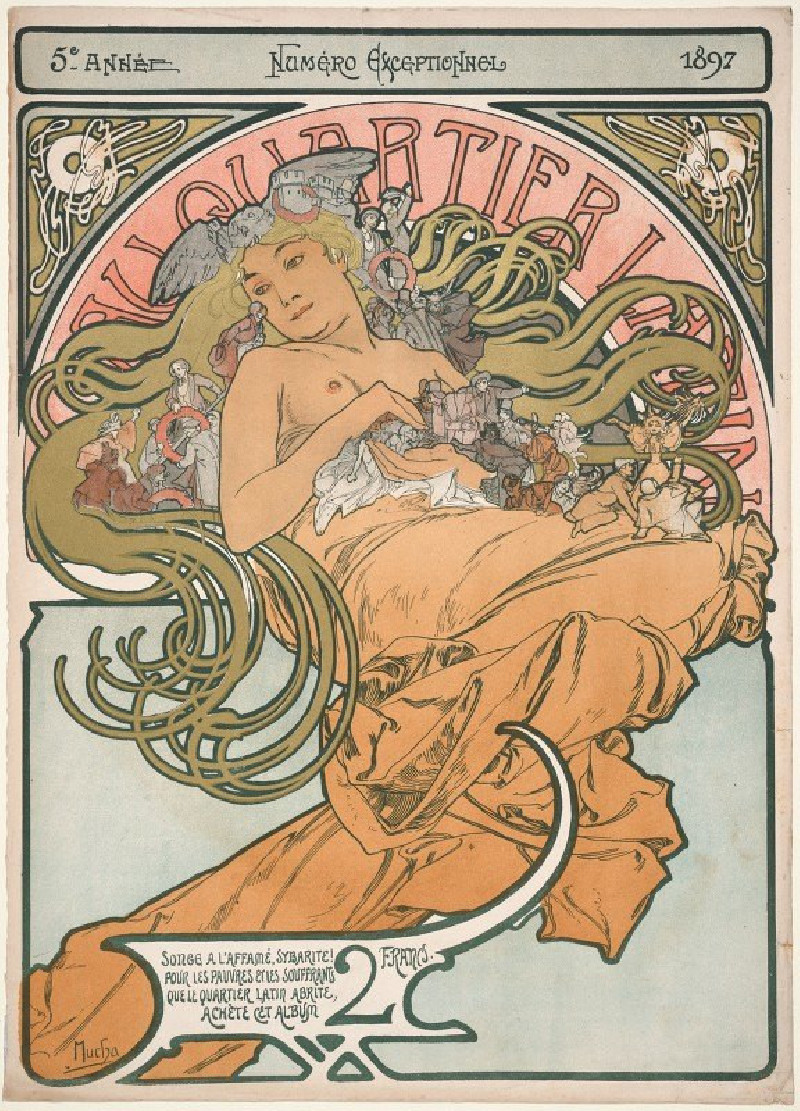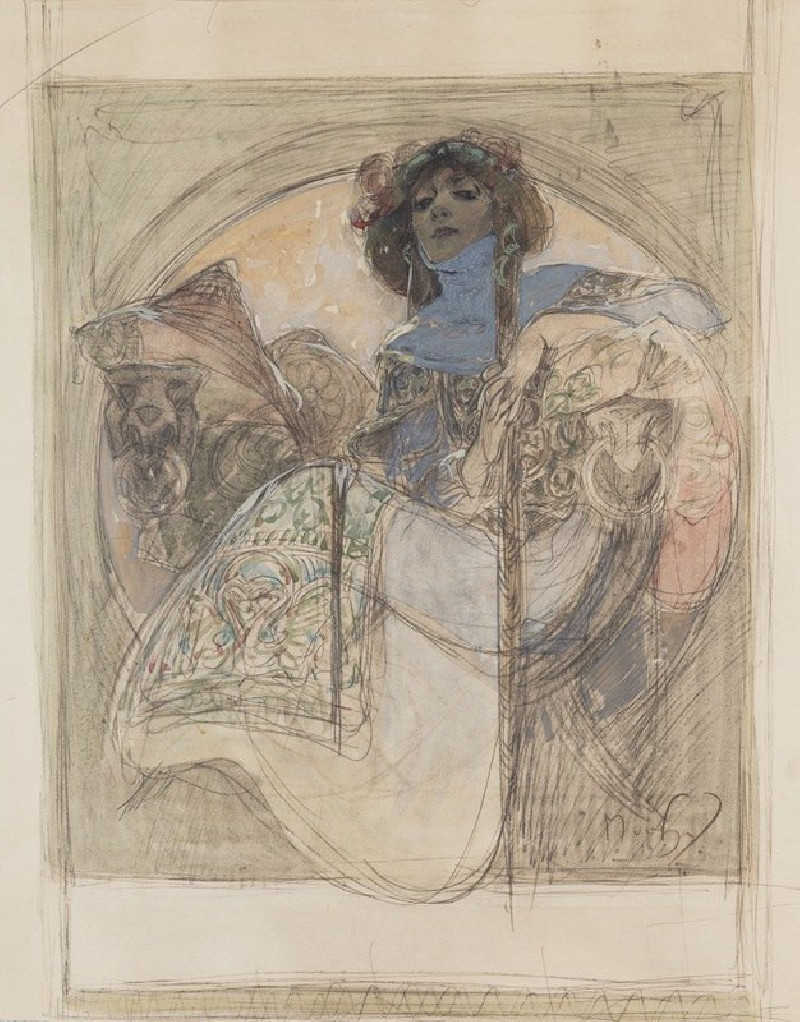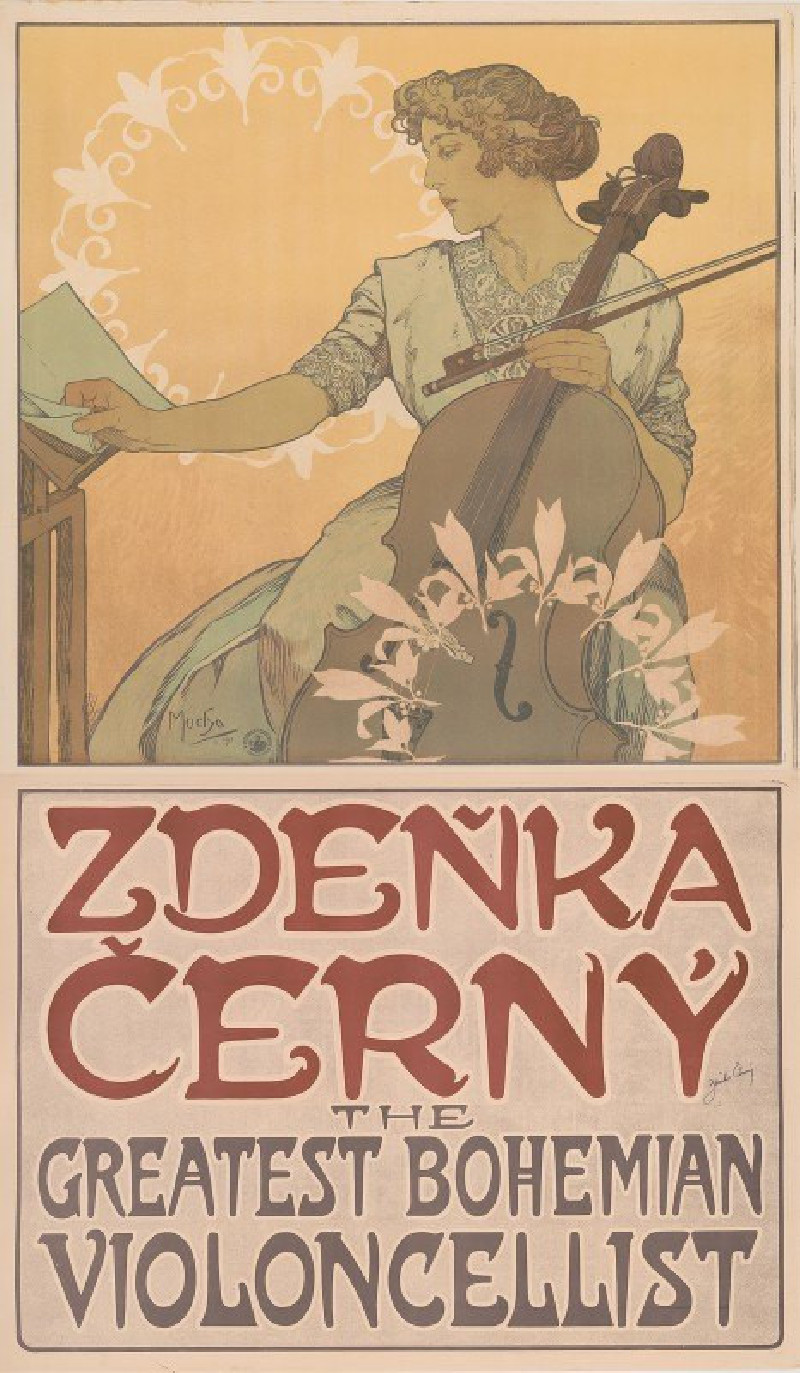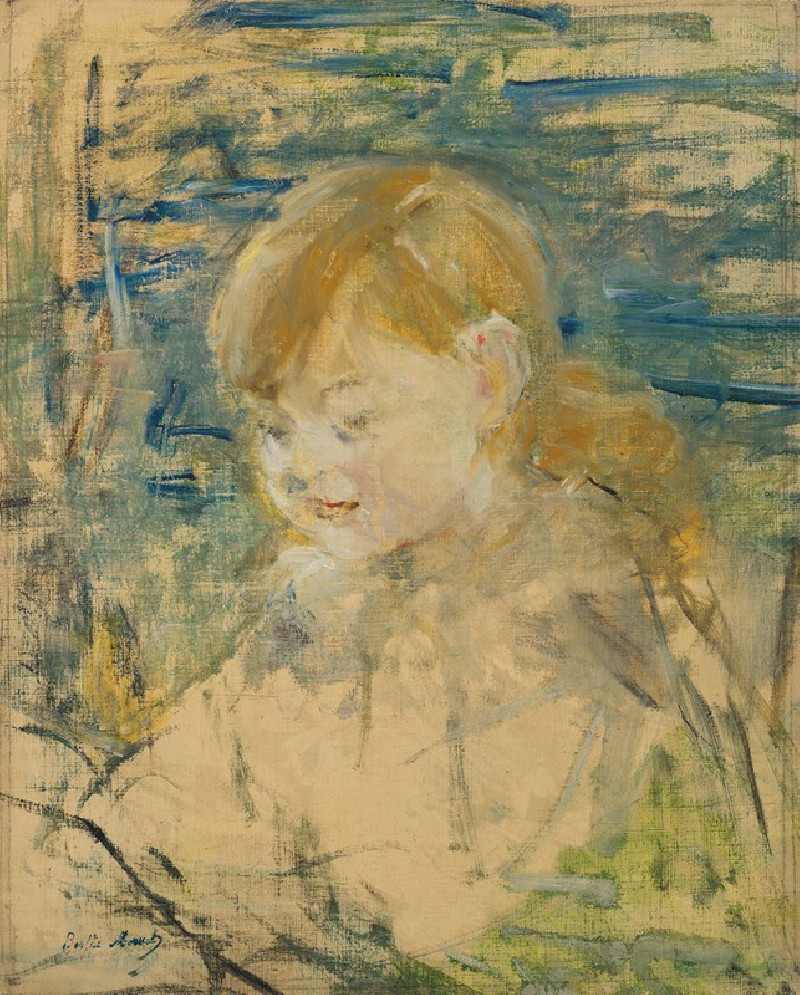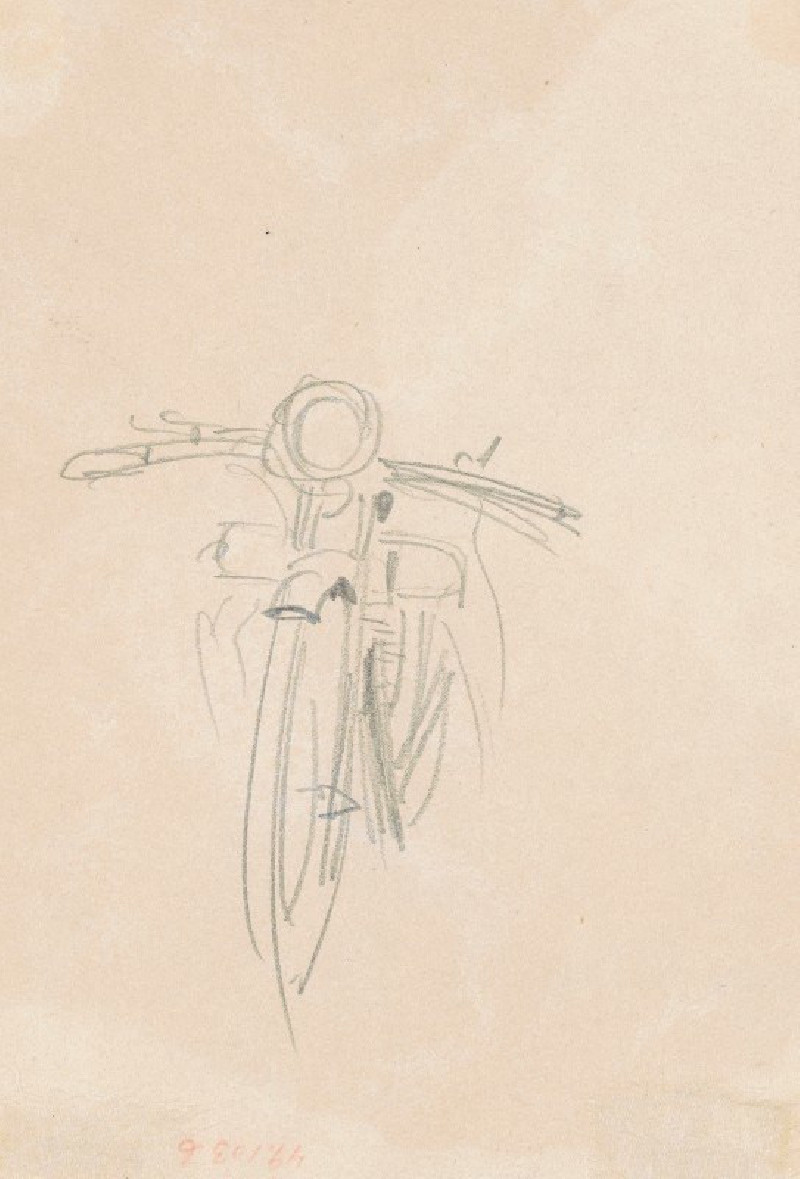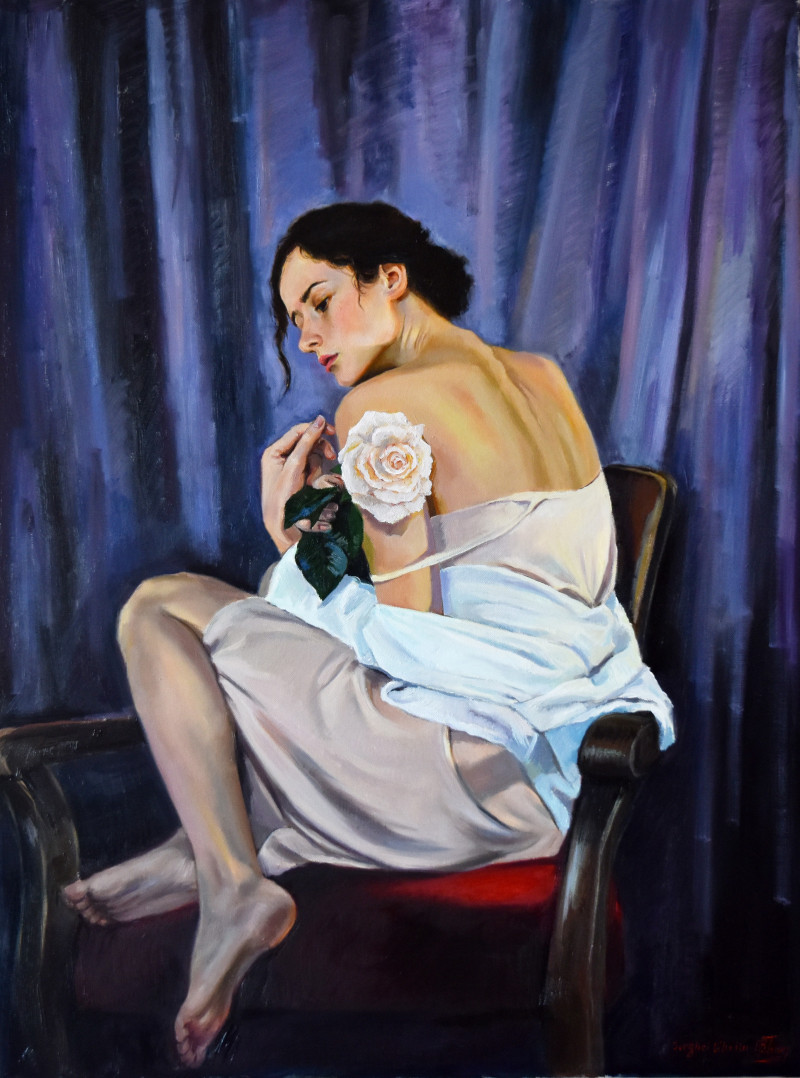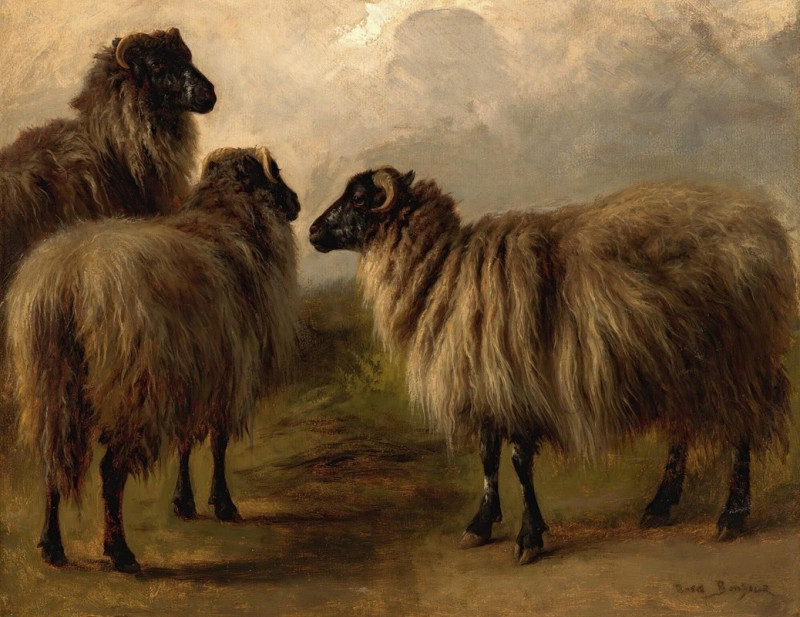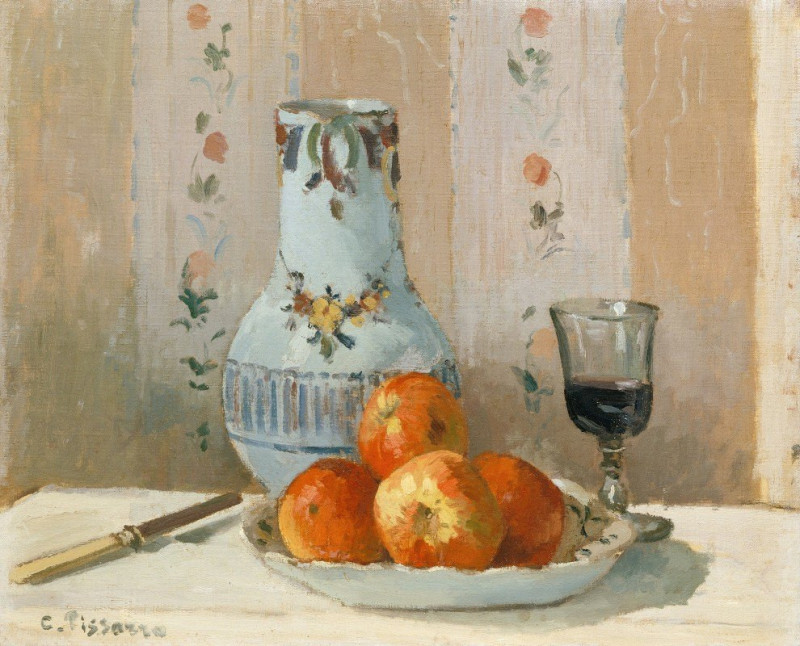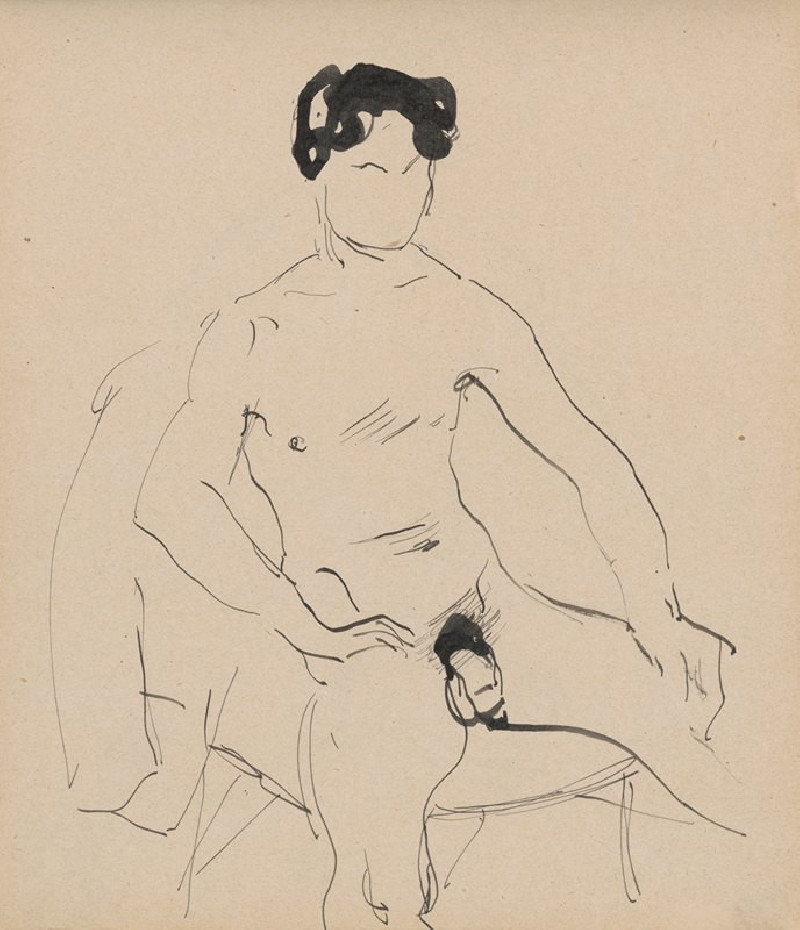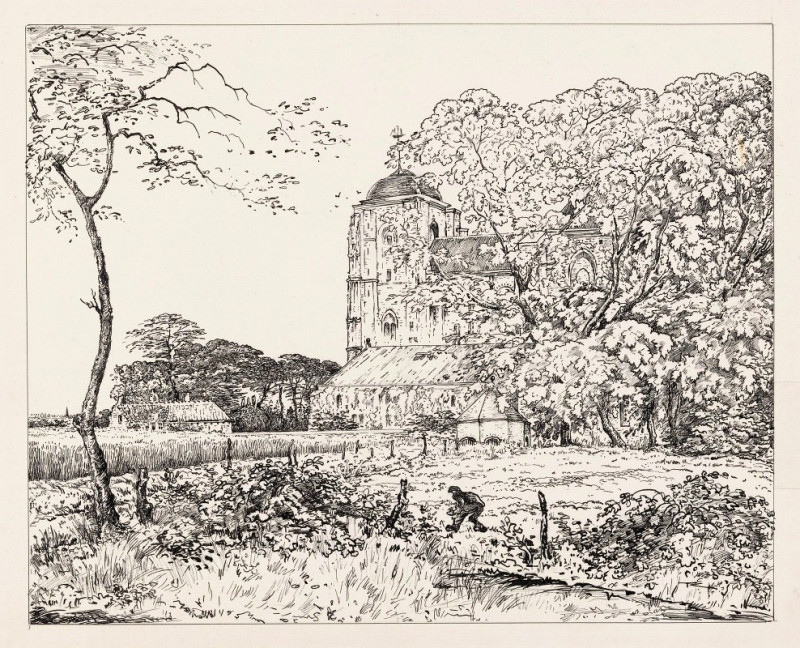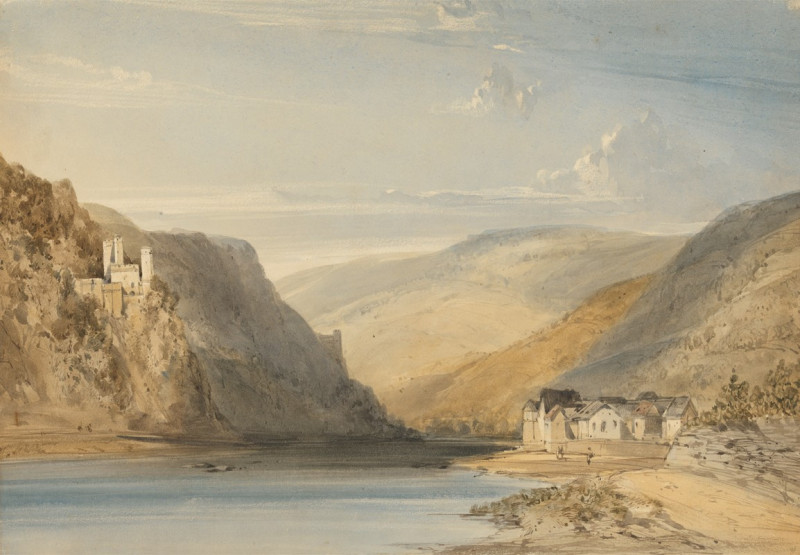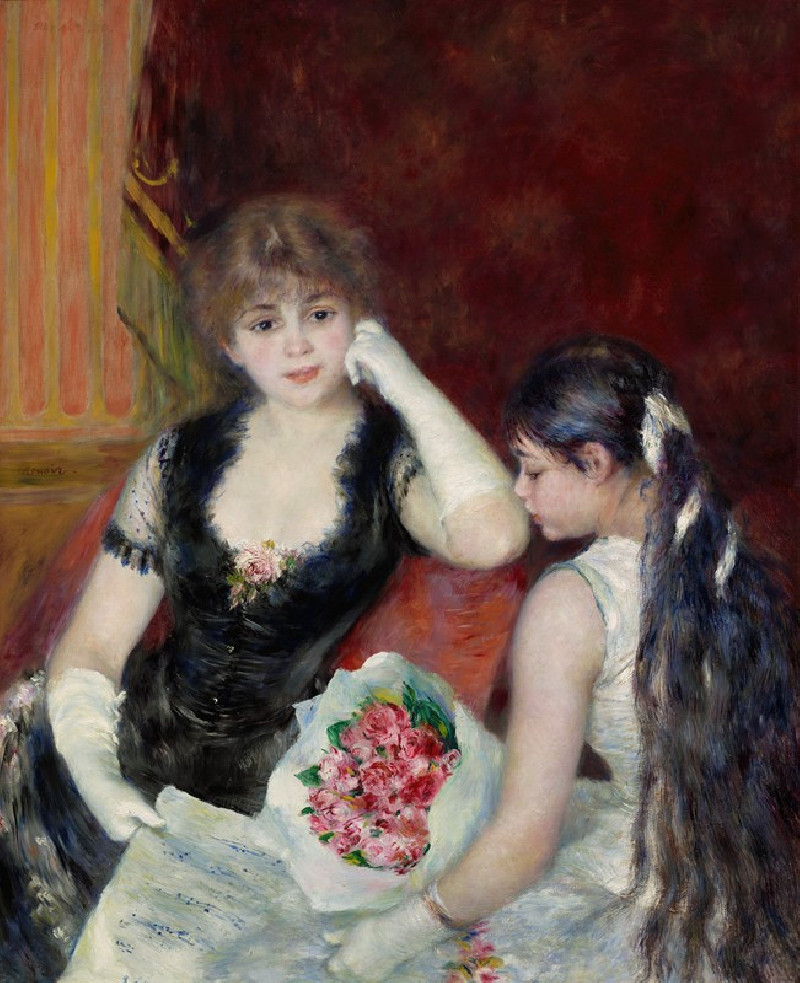The Arts 4 (1898)
Technique: Giclée quality print
Recommended by our customers
More about this artwork
This artwork, "The Arts 4" painted by Alphonse Mucha in 1898, is a beautiful example of Art Nouveau style, characterized by its intricate designs and graceful, flowing lines. The painting depicts a woman who is portrayed as an embodiment of the arts, possibly representing poetry or muse. She is shown in profile, her head turned to the side, surrounded by an elaborately decorative circular frame suggestive of a halo or an emblematic window.Her attire is flowing and ethereal, draped elegantly to enhance her delicate posture. The color scheme uses soft pastels, enhancing the dreamlike and ethereal quality of the image. She holds to her face a branch with leaves, which she gently appears to kiss, adding a sensual and intimate touch to the composition.The backdrop includes subtle, muted tones depicting a distant, fantastical cityscape, possibly alluding to the idealized world created by the arts. This place seems both ancient and timeless, evoking the eternal nature of artistic endeavors.Decorative floral elements and organic forms weave throughout the image, typical of Mucha’s work, integrating the figure with the surrounding motifs seamlessly. The entire composition is framed by an ornate border that includes floral patterns and geometric shapes, common in Art Nouveau designs, which emphasize the union of art and nature.Overall, the painting celebrates the beauty and inspired nature of the arts, portrayed through the romantic and stylistic lens of Mucha's distinctive artistic approach.
Delivery
Returns
Alphonse Maria Mucha also know internationally as Alphonse Mucha (1860-1939), was a Czech graphic artist, painter and illustrator. He lived in Paris during the Art Nouveau period, and is best know for his noticeably stylized and decorative theatrical posters like those of Sarah Bernhardt, the most famous actress in paris at the time. Mucha produced paintings, advertisements, book illustrations as well as designs for carpets, jewelry and theatre sets, in what was called the Mucha style. His works featured beautiful young women in neoclassical robes surrounded by flowers which formed as haloes.

